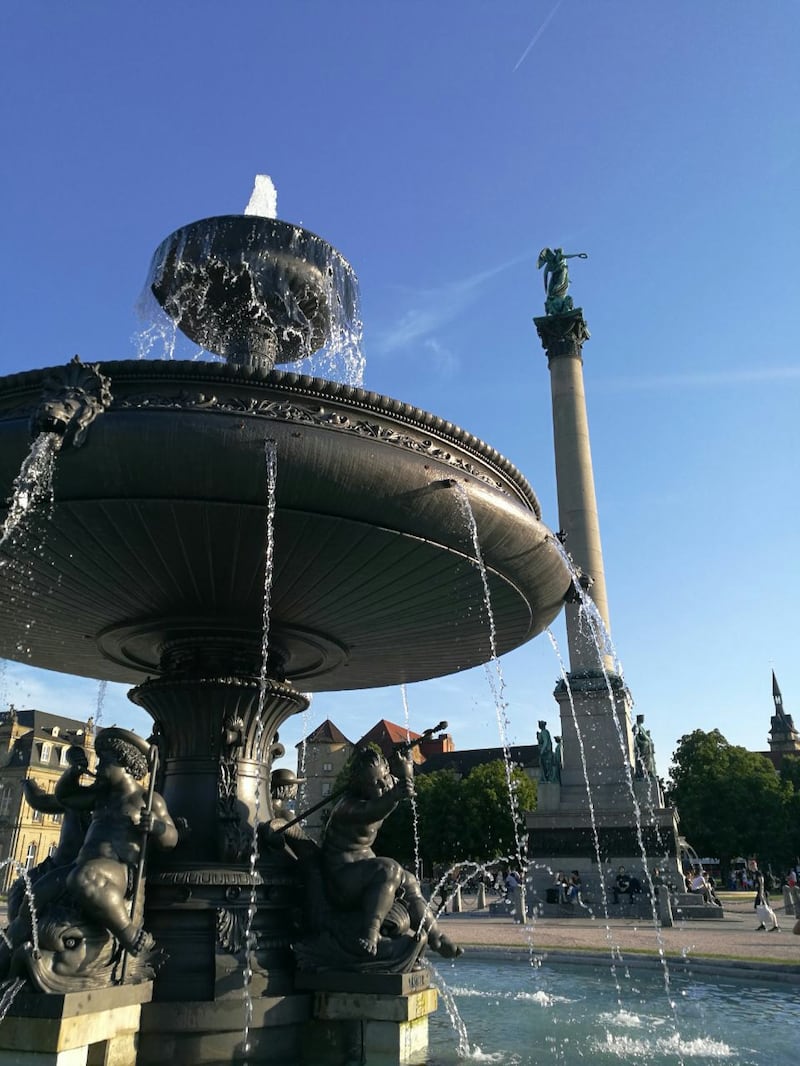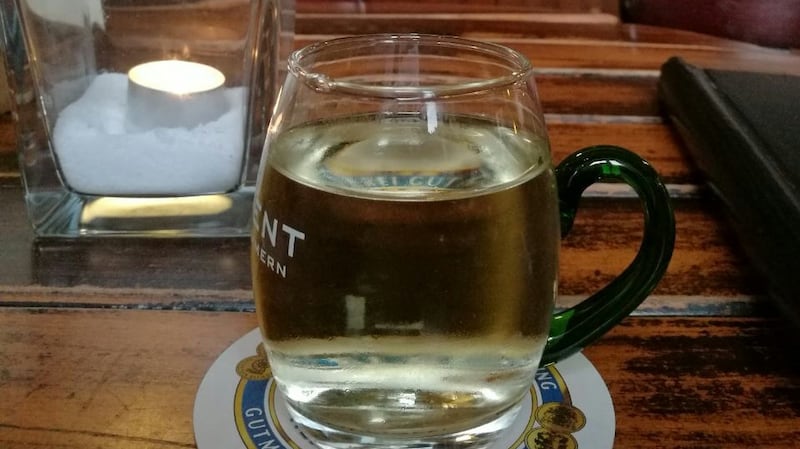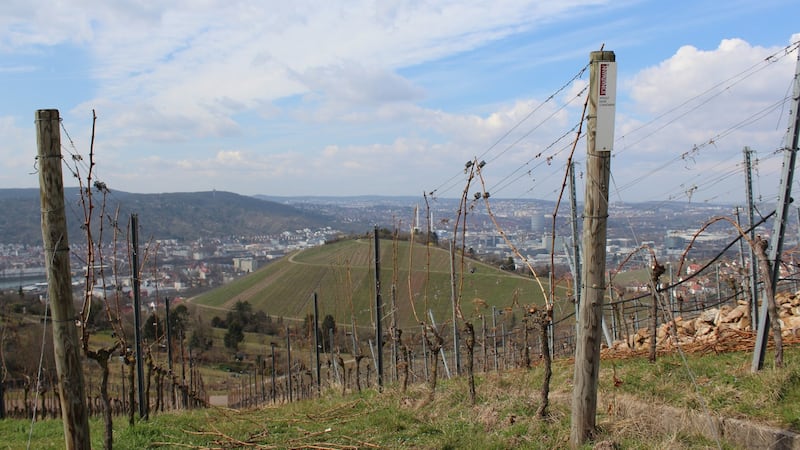Margaret Haverty left Ireland for Germany in May 2016 after finishing a degree in Germanic Studies at Trinity College Dublin. Now in her third year, she is doing a Master's in Historical and Cultural Anthropology at the University of Tübingen. She lives in Stuttgart and is marrying her German fiancé this summer. She regularly visits her home in Rathfarnham.
Where is the first place you bring people when they visit Stuttgart?
When visitors arrive in Stuttgart main station, I often have to work to make sure their first impressions aren’t negative. The city is undergoing massive construction work as it is moving the station underground, so when observed from certain angles, the city can appear to be an overwhelmingly big construction site. But a quick trip into the Schlosspark will quickly change your mind. It is a haven for wildlife as well as a location for locals to relax. With its water fountains, wild hares, butterfly meadows, rose gardens, magnificent ancient trees and historical statues, it is a sanctuary in the midst of this rapidly growing city.

The top three things to do there, that don’t cost (much) money, are . . .
A visit to the Stadtbibliothek or city library. Designed and built in 2011 by Korean architect Eun Young Yi, don’t be put off by the grey, modernist exterior. Old meets new in this extraordinary cultural and intellectual centre for Stuttgart. Its expansive, bright reading hall is the perfect space to settle down with a good book. It’s free in too. Take the lift to the top and be careful not to gawp in awe.
Grab a beer and get down to Schlossplatz to join the locals for a Feierabendbier (after-work beer). There is nothing nicer on a sunny Friday evening than to see Stuttgarters, many of them office-clad, sitting on the grass or dangling their feet in the fountains. Stuttgart is the industrial and economic heartland of Germany – think Daimler, Bosch, Porsche – but Stuttgarters still have their work-life balance in order. Drink in the views of the 18th-century buildings and the gurgling, baroque fountains.

To get a sense of how the city was devastated by the air raids of the second World War, take a walk up the Birkenkopf. This hill to the southwest of the city was constructed with 1.5 million tonnes of rubble after the bombing saw 57 per cent of Stuttgart’s buildings destroyed in 53 air strikes. Despite the eerie feeling conveyed by the large pieces of filigreed stone from destroyed buildings lying around, the best views of the city are here. Take note of the bowl-like shape for which Stuttgart is famous.
Where do you recommend for a great meal that gives a sense of Stuttgart?
Stuttgart is a very culturally and ethnically diverse city with large Turkish and Italian populations. This is reflected in the restaurant scene. For an authentic Italian experience, Il Pomodoro in the south of the city is a favourite haunt. Fluent German won’t help you order your pizza from the stone oven, all orders are conveyed to the kitchen in Italian. As a compromise, the Stuttgart-brewed beer Schönbuch is available from tap – they know their customers.
Where is the best place to get a sense of Stuttgart’s place in history?
The city was all but razed to the ground during the war, so detective work is needed to find the beautiful, thriving city Stuttgart once was. But a trip to Stuttgart-West will help you to fill in the gaps. Feuersee, literally, the “fire-lake,” was built in the 18th century to provide water for extinguishing fires and is now home to many ducks and geese, as well as a colony of turtles. The 19th-century neogothic Johanneskirche church perched on the peninsula lost its tower during the war and now has a bizarre, stumpy form. A stroll around the streets of Stuttgart-West helps to piece together an image of prewar Stuttgart.

For what should visitors save room in their suitcase after a visit to Stuttgart?
Wine. One of Germany’s best kept secrets, most readers will think of Blue Nun or Black Tower when they hear about German wine, but Stuttgart and the region are well known for high-quality wines and the city itself is skirted by vineyards. Grab a bottle of Trollinger or a Cannstatter Zuckerle, Swabian specialities guaranteed to knock those prejudices off your taste buds.











